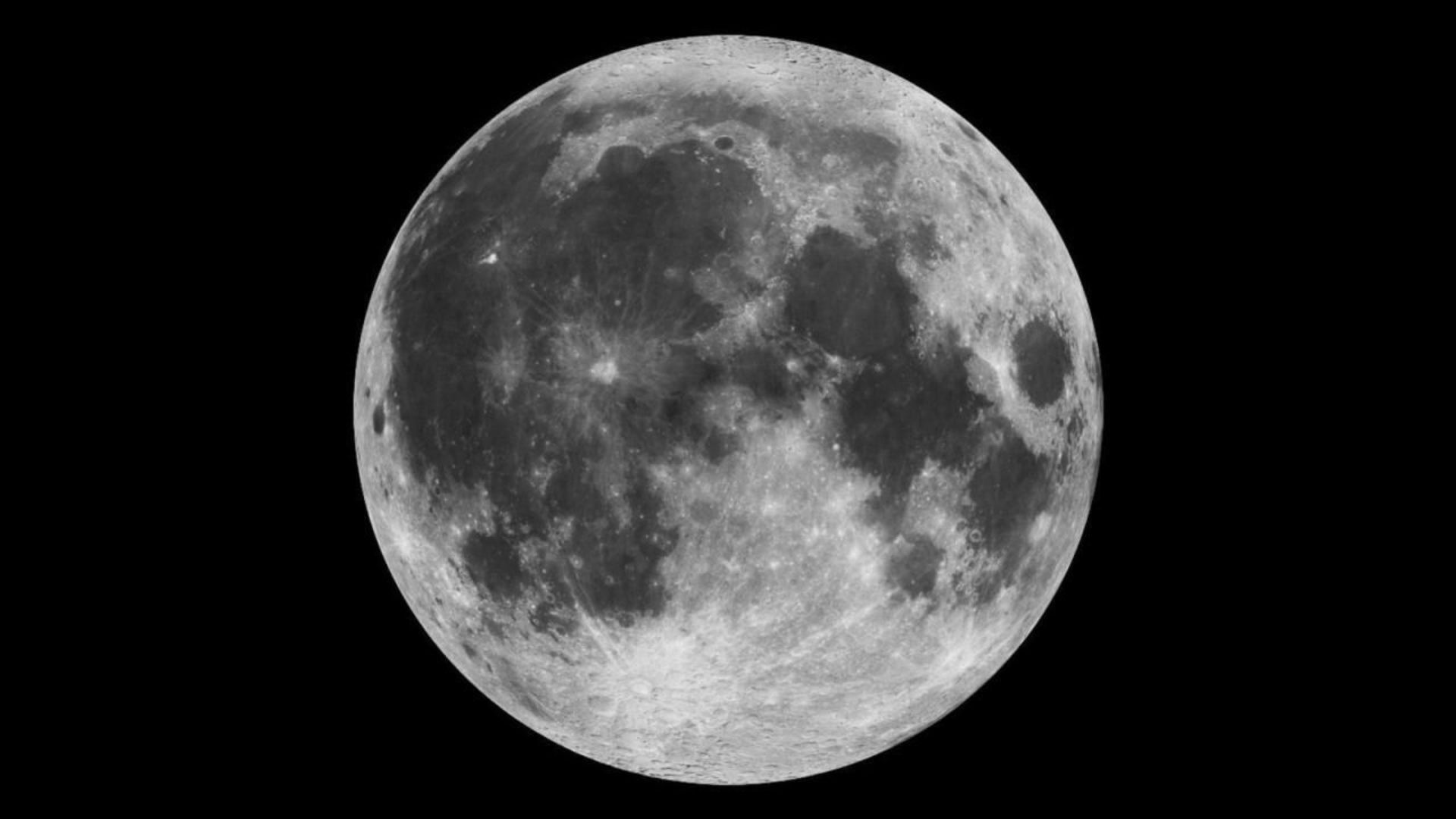The moon plays a significant role in life on Earth, and recent claims on social media suggest that the moon is shrinking due to seismic activities. This discovery was made by examining photos of thrust faults on the lunar surface.
According to the BBC, over the last several hundred million years, the moon’s radius has been decreasing. Currently, its core has shrunk by approximately 50 meters (164 feet). Scientists confirmed this after analyzing thrust fault images on the moon’s surface, taken by Apollo astronauts and more recently by NASA’s Lunar Reconnaissance Orbiter. The seismometers left on the moon during the Apollo missions also revealed some flaws.
Researchers have determined that the moon has an inner core with a radius of about 500 kilometers. This core is partially molten but significantly less dense than Earth’s core. The inner core is still very cold and continues to shrink, while the outer crust is quite fragile. As the inner core contracts, the crust breaks, causing some parts to be pulled towards the core. The lines on the moon’s surface are actually cracks and wrinkles formed by this slow contraction, and evidence suggests this process is ongoing. The stress from Earth’s gravitational pull has a considerable impact on this phenomenon.
But does this affect humans? According to scientists, it’s unlikely. The moon’s shrinkage occurs at a very slow rate, so its apparent size in the sky will not change enough to impact human life. Since the moon’s mass is not decreasing, the gravitational force between the Earth and the moon remains unchanged.
With the gravitational force constant, its impact on Earth remains neutral. However, the moon’s orbit is gradually increasing by about 3.8 centimeters per year, causing it to move further away from Earth. This distancing results in a slight slowdown of Earth’s rotation, adding approximately 2.3 milliseconds to the length of a day over time.























